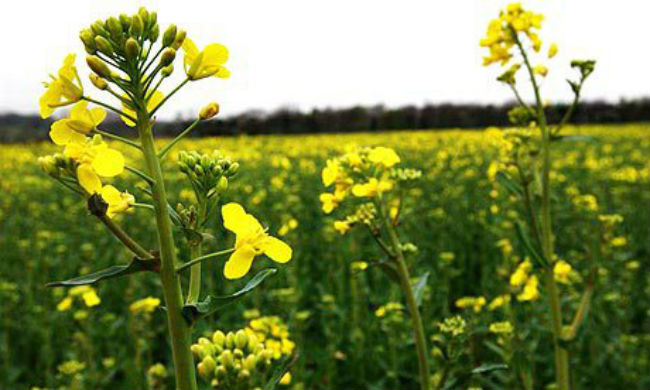The agriculture sector’s major crops recorded a significant 13.5 percent contraction in FY2025, according to the Pakistan Economic Survey 2024–25, underscoring mounting vulnerabilities from climate change and longstanding structural issues.
Unveiling the survey on Monday, Finance Minister Muhammad Aurangzeb acknowledged the scale of the challenge, stating: “I can say with certainty that climate change has played a major role in the negative growth of crops,” while noting that other contributing factors were also at play.
Overall, the agriculture sector grew by just 0.56 percent during FY2025—below the historical trend, but still positive given adverse climatic conditions. This modest growth was supported by stronger performances in livestock (4.72%), fisheries (1.42%), and forestry (3.03%). However, the crop sub-sector, historically a major contributor to agricultural GDP, contracted by 6.82 percent.
The decline in major crops—wheat, maize, sugarcane, and cotton—was accompanied by a 19.03 percent fall in cotton ginning. In contrast, other minor crops grew by 4.78 percent, hinting at some potential for diversification and resilience within the broader crop mix.
This downturn follows a robust 10.85 percent growth in crops recorded last year, highlighting the sector’s volatility and susceptibility to environmental shocks and policy gaps.
Cotton
The cotton sector experienced a steep 30.7 percent fall in production, declining to 7.08 million bales from 10.22 million bales the previous year. This drop stemmed primarily from late sowing, above-average monsoon rains, and a 15.7 percent reduction in the cultivated area, which shrank to 2.04 million hectares. Average yield declined to 590 kg/ha from 717 kg/ha. The performance underscores the urgency of adopting climate-resilient seed varieties, improved agronomic practices, and farmer outreach.
Sugarcane
Despite a slight increase in the area under cultivation to 1.19 million hectares (up 1.1%), sugarcane output fell by 3.88 percent to 84.24 million tonnes. The decline is attributed to dry spells and high temperatures during critical crop phases. Nevertheless, the average yield of 71,764 kg/ha remained above long-term norms, reflecting ongoing improvements in farming practices and seed quality.
Maize
Maize production dropped 15.4 percent to 8.24 million tonnes, despite covering 1.44 million hectares. The contraction was largely due to reduced sown area and was exacerbated by input cost pressures and climate variability. The survey flagged maize as a crop requiring targeted policy support to ensure sustainability under evolving environmental and market conditions.
Rice
Rice performed relatively better. The area under cultivation expanded by 7.2 percent to 3.90 million hectares, although production dipped slightly by 1.38 percent to 9.72 million tonnes. Yield fell from 2,713 kg/ha to 2,494 kg/ha, driven by localized water shortages and erratic weather. Nonetheless, rice output remained well above historical averages, supported by export demand and favorable pricing.
Wheat
Wheat output fell by 8.9 percent to 28.98 million tonnes, down from a record 31.81 million tonnes the year before. The cultivated area declined by 6.5 percent to 9.10 million hectares. Yield fell to 3,193 kg/ha from 3,264 kg/ha but remained above the five-year average of 3,021 kg/ha. The decline was linked to an extended post-sowing dry spell and early-season heat stress. Given wheat’s centrality to food security, the report stresses the need for investment in irrigation systems, weather-resilient crop technologies, and adaptive policy design.
The Economic Survey concludes that while the agriculture sector avoided outright contraction due to strong performance in livestock and allied subsectors, the sharp decline in major crops exposes Pakistan’s increasing exposure to climate risk. It calls for integrated reforms, including investment in resilient infrastructure, improved input supply chains, and better policy coordination across federal and provincial levels to stabilize the sector’s trajectory.























